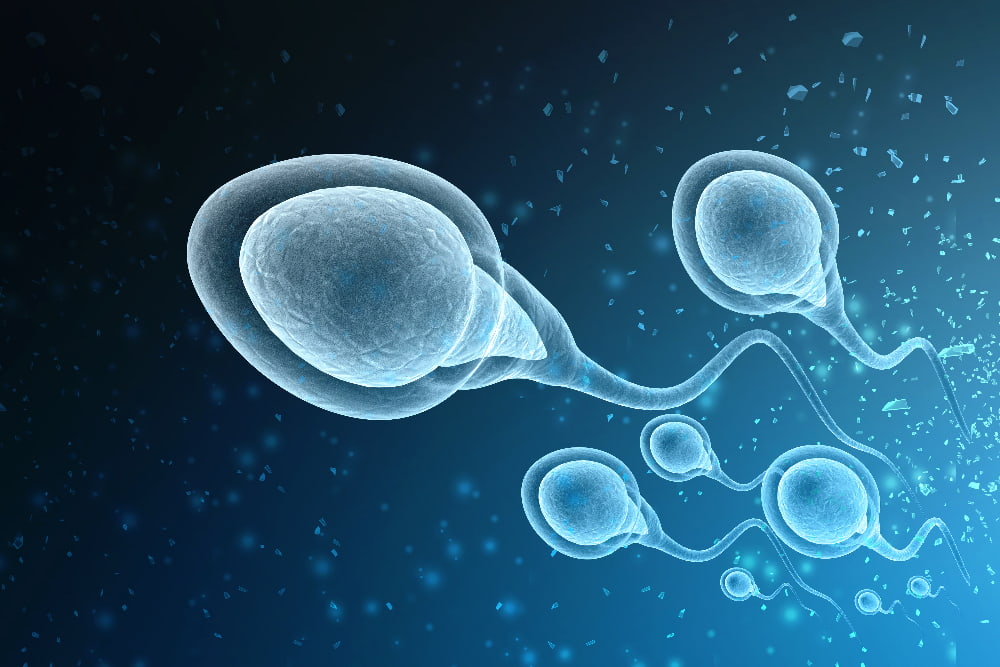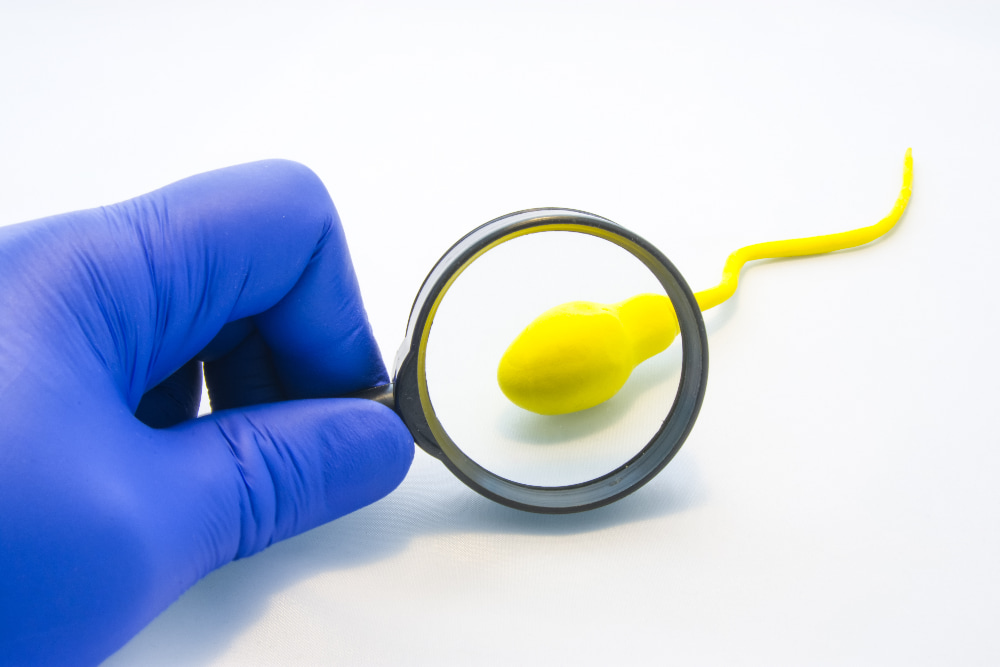
If you and your partner are considering In-Vitro Fertilization (IVF) treatment, then sperm retrieval might be one of the procedures recommended by your doctor. However, this wouldn’t be the first procedure your doctor would recommend, as sperm retrieval for IVF is most often done only when there’s no sperm present in the male’s ejaculate (Azoospermia). The two common conditions that would necessitate sperm retrieval are obstructive Azoospermia and non-obstructive Azoospermia.
Obstructive Azoospermia (OA)
The condition is a common cause of male infertility that can result in more serious problems that might require surgery. In most cases of obstructive Azoospermia, it can be corrected with microsurgical vasal reconstruction. Sperm retrieval surgery for IVF treatment might become necessary if the above cannot be resolved through normal surgery.
Most doctors would recommend that couples going through sperm retrieval for their IVF treatment attempt intracytoplasmic sperm injection (ICSI) to circumvent the male partner’s OA condition. ICSI is when a tiny needle (called a micropipette) is used to inject a single sperm cell into the center of the egg. This allows the doctors to achieve the desired results without resorting to surgery.

Non-obstructive Azoospermia
This condition is perhaps the most severe form of male infertility. It’s caused by the failure of spermatogenesis, low spermatogenesis or sperm production. whereby no sperm is found in the ejaculate. There has been evidence that the incidence rate for this condition is tied to chromosomal or genetic abnormalities when compared to the normal population.
Unlike other male fertility conditions, the failure of spermatogenesis cannot be corrected with medical treatment because the testis cannot produce any sperm cells, therefore making sperm retrieval lower chance to get sperm
The Different Types of Sperm Retrieval
Once you’ve decided to proceed with the sperm retrieval procedure for your IVF treatment, there will be four procedures to choose from.
Testicular Sperm Aspiration (TESA)
This procedure is usually performed using local anesthesia in an operating room or office. The procedure is synchronized with the removal of the female partner’s egg.
A hypodermic needle is inserted into the testicle whereby the doctor will then aspirate the sperm cells directly. In rare cases, the TESA procedure might not provide enough sperm cells, which would make it necessary to open the testis surgically to perform a biopsy.
Percutaneous Epididymal Sperm Aspiration (PESA)
Similar to the TESA procedure, PESA can be performed multiple times without the need for an incision or surgery. It is performed using local anesthesia in an operating room or an office. And like the TESA procedure, the removal process is coordinated with the removal of the female partner’s egg. A needle is inserted into the epididymis to remove the fluid. However, the success of this procedure may not always be guaranteed.
Testicular Sperm Extraction
The urologist will make a small incision in the testis to examine the tubules for the presence of sperm cells. Like the MESA procedure, this surgery doesn’t need to be coordinated with the female partner’s egg removal. It is usually recommended that patients cryopreserve their sperm samples during this surgery to aid future IVF treatments.
Vejthani Hospital has one of the best IVF treatment facilities in Thailand. The needs of every patient are different. That’s why our hospital offers a variety of services to assist you in your fertility treatment. We have highly trained, professional, and compassionate staff that are ready to guide you through the process. Contact us today.

The team of specialists in obstetrics and gynecology and reproductive medicine





No Comments
Sorry, the comment form is closed at this time.